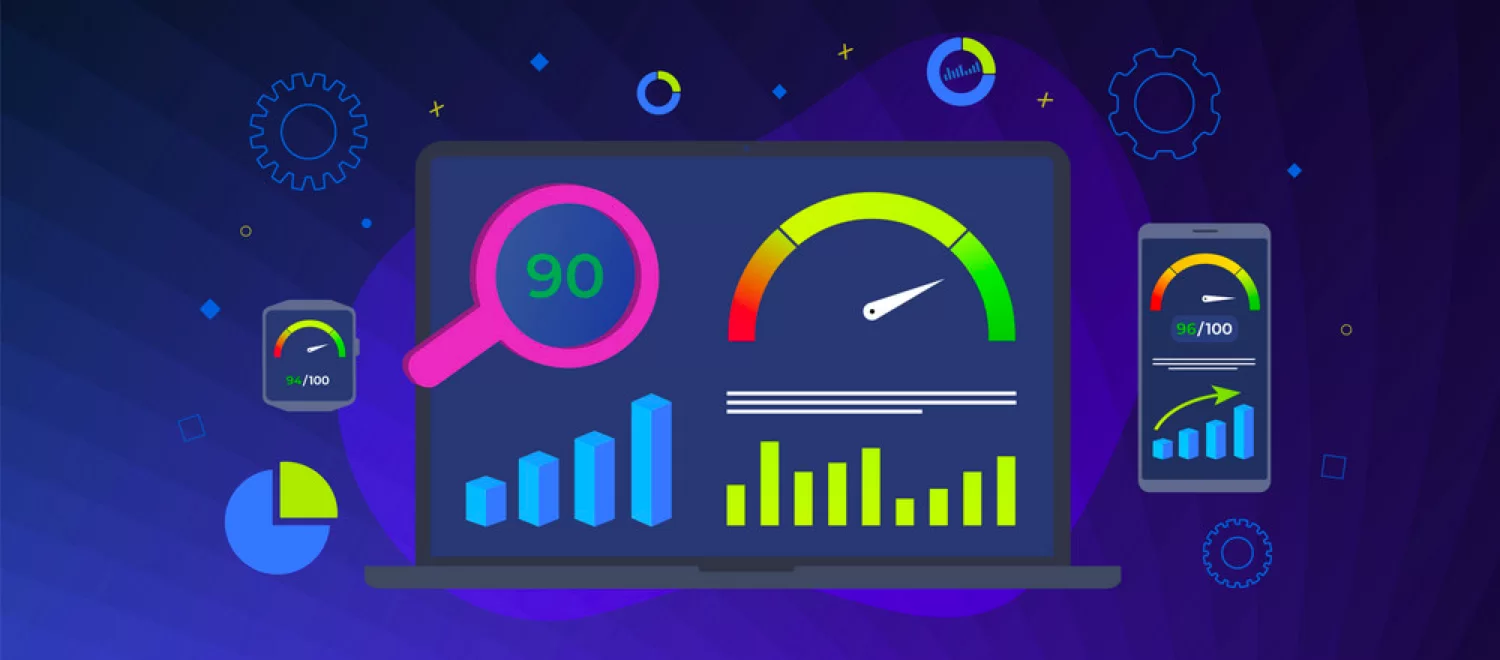My Insight Hub
Your go-to source for daily insights and updates.
Speed Demons: Boosting Your Website's Performance to Warp Speed
Supercharge your website’s speed! Discover tips and tricks to boost performance and leave your competitors in the dust.
Top 10 Techniques to Optimize Your Website's Speed
In today's fast-paced digital world, having a website that loads quickly is paramount for user retention and SEO rankings. Here are the top 10 techniques to optimize your website's speed:
- Image Optimization: Compress images without losing quality to ensure they load faster, using formats like JPEG for photographs and PNG for graphics.
- Minify CSS and JavaScript: Reduce the size of your CSS and JS files by removing unnecessary characters, comments, and spaces to improve load times.
- Use Browser Caching: Leverage browser caching to store frequently accessed files on a user's device, which reduces load time on repeat visits.
- Content Delivery Network (CDN): Utilize a CDN to distribute your content across multiple servers worldwide, minimizing latency and improving access speed.
- Reduce Redirects: Eliminate unnecessary redirects as each redirect creates additional HTTP requests, slowing down your site.
Continuing with more essential techniques, consider the following:
- Enable Compression: Activate Gzip compression on your server to significantly reduce the size of your files sent over HTTP, resulting in faster loading.
- Optimize Server Response Time: Choose a reliable hosting provider and optimize your server settings to decrease response time.
- Limit HTTP Requests: Minimize the number of elements on your page, such as scripts and images, to reduce the total number of HTTP requests.
- Use Asynchronous Loading for CSS and JavaScript: Implementing asynchronous loading helps prioritize the loading of essential resources while deferring non-essential ones.
- Monitor Website Speed: Regularly test and analyze your website's speed using tools like Google PageSpeed Insights to identify areas for improvement.

How Website Performance Impacts User Experience and SEO
Website performance plays a crucial role in shaping overall user experience. When a site loads quickly, users are more likely to engage with the content, navigate through pages, and ultimately convert into customers. Conversely, slow-loading websites often lead to frustration, resulting in high bounce rates and lost potential sales. Studies show that users expect a site to load in under three seconds, and a delay of even one second can decrease overall user satisfaction significantly. As such, prioritizing website speed can enhance user engagement and foster a positive impression of your brand.
Moreover, the impact of website performance extends beyond just user satisfaction; it also significantly affects your site's SEO ranking. Search engines like Google use page speed as a ranking factor, meaning that a well-performing website is more likely to rank higher in search results. This is because search engines prioritize sites that offer a fast and seamless browsing experience. In addition to improving user experience, optimizing your website's performance can enhance its visibility, drive more organic traffic, and ultimately lead to improved conversion rates. Therefore, investing time and resources in enhancing website performance is essential for both SEO success and user satisfaction.
Is Your Site a Speed Demon? Tools to Measure and Improve Performance
In the fast-paced digital world, the speed of your website can significantly impact user experience and search engine rankings. A site that loads quickly is not only more appealing to visitors but is also favored by search engines like Google. To determine if your site is a speed demon, you can utilize various tools such as Google PageSpeed Insights, GTmetrix, and Pingdom. These tools provide detailed analyses of your site's performance and offer suggestions for improvement. By regularly measuring your site's speed, you can identify areas that need optimization and ensure that you are delivering a seamless experience for your users.
Improving your site's performance involves a combination of strategies, from optimizing images to minimizing HTTP requests. Here are some effective methods to enhance your website's speed:
- Enable browser caching to store frequently accessed files locally.
- Compress images to reduce load time without sacrificing quality.
- Minimize CSS and JavaScript files to improve efficiency.
- Use a Content Delivery Network (CDN) to distribute your content globally.
By implementing these techniques, you can transform your site into a true speed demon, ensuring that visitors stay engaged and satisfied.